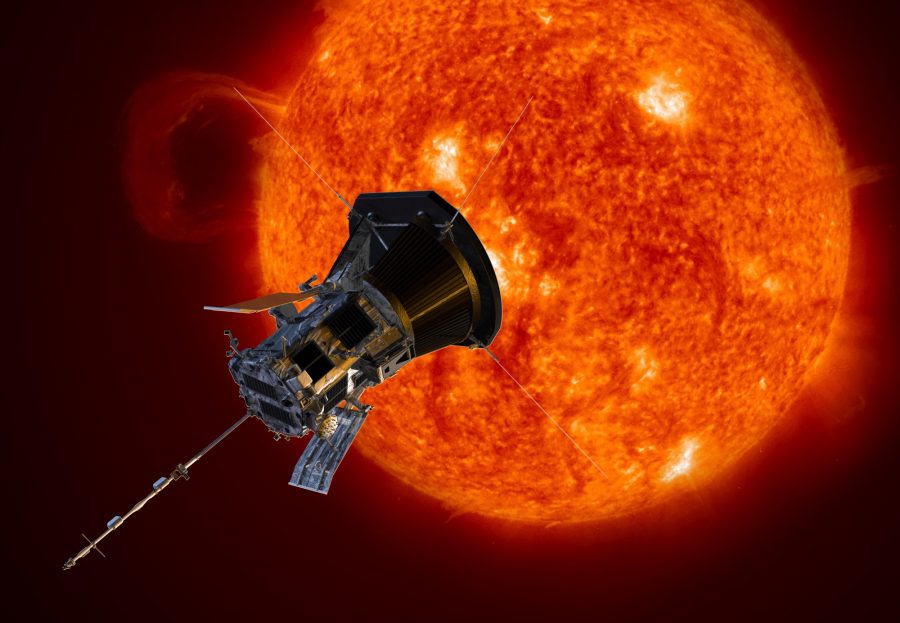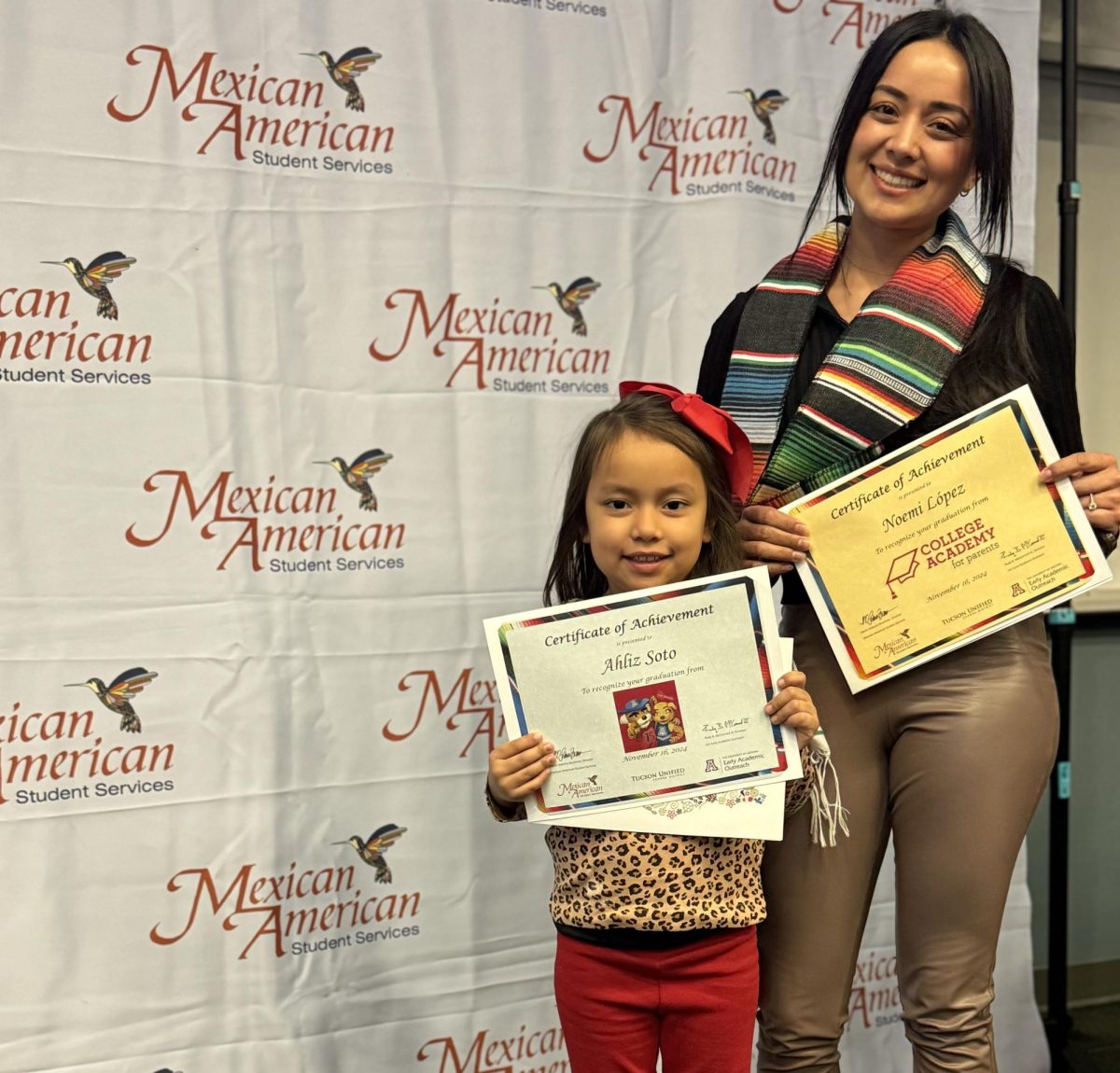The Parker Solar Probe is NASA’s first robotic spacecraft studying the solar wind and outer layer of the sun. The seven-year mission launched in August 2018 and will encounter heat and radiation like no spacecraft has ever experienced before.
The mission will collect brand new data about the sun’s active energy, and researchers will be able to understand more about space-weather events that may affect Earth in the future.
RELATED: OSIRIS-REx spacecraft getting closer to collecting asteroid samples
Kristopher Klein and Joe Giacalone are professors at the University of Arizona who specialize in solar and heliospheric research and work as theoreticians for the Parker Solar Probe.
“This is a region of space that we’ve never measured locally,” said Giacolone, a professor in the Lunar and Planetary Laboratory.
While people have been studying the sun for centuries, the technology was never available — until now — to actually come close to the sun’s surface for research.
“We’ve been staring at the sun since Galileo’s days,” Giacalone said. “The sun is more than just light.”
There are many areas of focus that researchers have on the mission, including learning more about the sun’s outermost layer — the corona — and understanding space weather.
“We’re trying to understand some fundamental physical processes about our sun,” said Klein, an assistant professor of planetary sciences at UA.
One of the first steps to learning more about the sun’s effect on space is to study the solar wind.
Studying the fluctuations of the solar wind and coronal mass ejections can help researchers prepare for potential future events of harm on Earth from massive amounts of energy and radiation.
“A lot of it that we’re focused on with this particular mission with Parker Solar Probe is understanding basic questions about how exactly energy flows from the sun out to the rest of the solar system through this thing called the solar wind,” Klein said. “Once we have a better understanding of that, we’ll be able to construct better models for space weather which will then, in turn, be useful to the everyday satellite consumer and user of our power grid.”
Many UA students and postdoctoral researchers have been involved in the mission since it’s started, helping with analyzing and comparing data, according to Klein.
RELATED: Local aerospace company wins NASA grant, relies on UA talent
UA researchers are getting hands-on experience with looking at data collected from the sun and using it to study past theories.
“We both have members of our research group that actually have their hands in working with the data,” Klein said. “So actually looking at the data, processing it and comparing it to different theories about how that energy flows outwards.”
The probe will continue to report back with new data that could advance humanity’s understanding of the sun.
Follow Sydney Jones on Twitter















